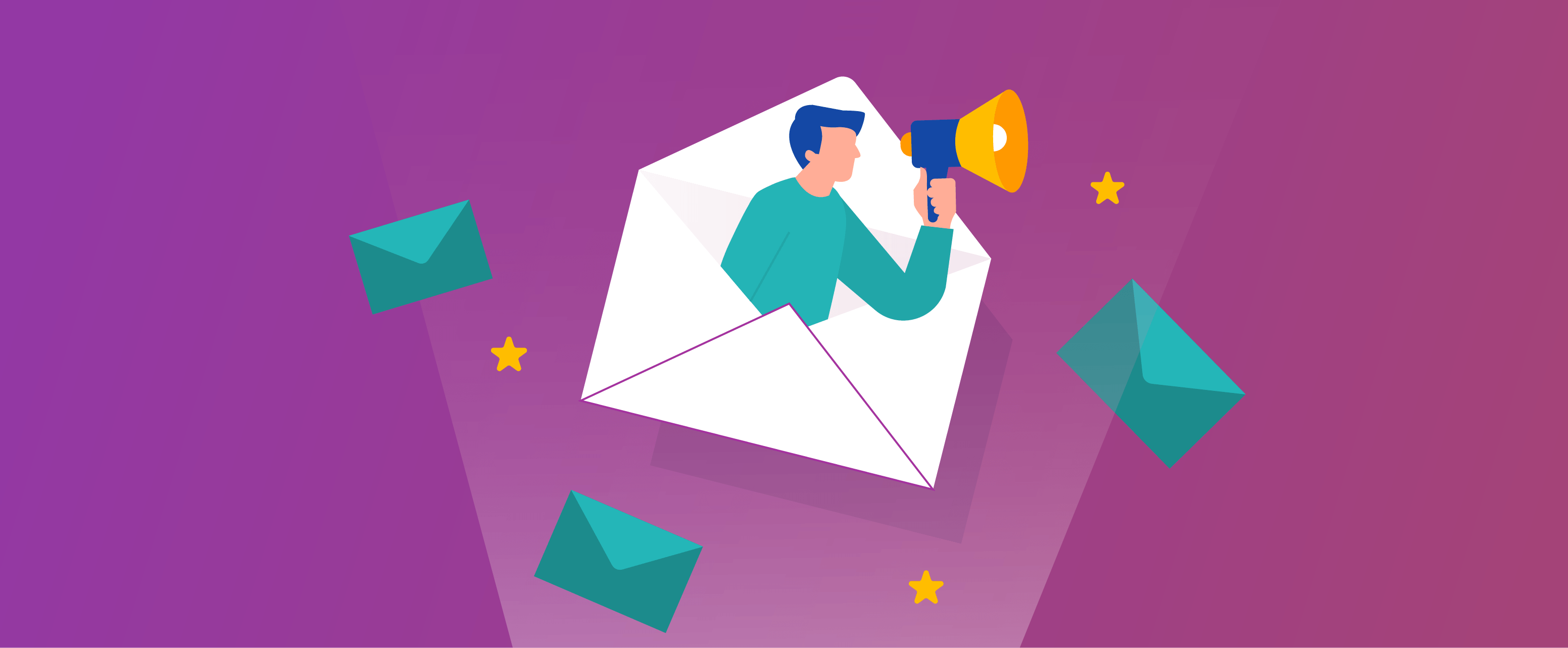Utilizing Email Marketing to Boost Engagement and Sales on WooCommerce

Email marketing remains a powerful tool for e-commerce businesses because it provides direct access to interested customers. Unlike social media platforms that limit organic reach or paid advertising that requires continuous investment, email marketing lets you communicate directly with people interested in your products. This connection translates into higher engagement rates and consistent sales opportunities.
Email marketing excels in short-term sales activation and long-term brand building. The ability to segment audiences, personalize messages, and automate communications makes email effective for nurturing customer relationships. With proper implementation, email marketing generates better returns than other channels while maintaining control over your communication strategy.
Types of emails that drive engagement
A strategic email marketing plan uses various message types to maintain customer interest throughout their buying journey. Welcome emails set expectations and introduce new subscribers to your brand values and offerings. These initial communications have the highest engagement rates, making them perfect for showcasing your best products or subscriber-only offers.
For example, AI is used in marketing to enhance automated email campaigns by analyzing customer data to determine optimal send times and crafting personalized subject lines. This makes automated workflows more effective by sending the right message to the customer at the best time for them to engage.
Targeted follow-ups address cart abandonment to recover lost sales, while upsell and cross-sell campaigns increase average order value. Use dynamic pricing for timely promo and discount emails—ideal for engagement-driving campaigns like flash sales or cart abandonment follow-ups. Seasonal campaigns create urgency and excitement around events or holidays, giving customers reasons to purchase. Re-engagement campaigns target dormant customers with personalized offers based on purchase history, maintaining an active customer base.
Leveraging automation for efficiency
Email automation transforms manual tasks into streamlined workflows that respond to customer behavior. Setting up these automated sequences starts with identifying key customer actions – like making a first purchase, abandoning a cart, or reaching a spending milestone. Each trigger initiates a targeted email sequence to guide customers toward their next purchase or engagement.
Timing automated messages requires careful consideration of customer behavior. Send order confirmations immediately, but space out promotional emails to prevent fatigue. Consider customers’ time zones and shopping hours. For example, cart abandonment emails perform better when sent within a few hours, while loyalty reward notifications work better during typical browsing times.
Measuring success: Important email marketing metrics
Understanding email performance requires tracking multiple metrics. Open rates indicate how well your subject lines capture attention, while click-through rates show if your content motivates action. Conversion tracking connects email campaigns directly to sales, showing which message types generate the most revenue.
A/B testing reveals what resonates with your audience. Test one element at a time – subject lines, email design, call-to-action buttons, or sending times – to identify what drives better results. Keep detailed records of test results and use these insights to refine future campaigns. Regular testing and optimization help maintain strong engagement as customer preferences evolve.
Overcoming common email marketing challenges
Email deliverability hinges on a strong sender reputation and clean contact lists. Regular maintenance, removing inactive subscribers, and following email authentication protocols ensure messages reach inboxes. Protect your domain from spam complaints by sending relevant, permission-based emails and making unsubscribe options visible.
Building trust requires consistent quality in email communications. Team collaboration tools help maintain message consistency and prevent errors. Multiple team members can review campaigns before sending, ensuring accuracy in pricing, promotions, and product details. Strong security measures protect your email system and customer data, maintaining trust and deliverability.
The future of email marketing for WooCommerce
AI-powered email marketing tools like Zeta and Jacquard are reshaping campaign optimization and personalization in WooCommerce. They analyze customer behavior to predict the best sending times, recommend products, and create engaging subject lines. Smart segmentation automatically groups customers based on browsing and purchase patterns for targeted communications.
Customer expectations for personalized experiences are growing. Email campaigns must incorporate real-time data, behavioral triggers, and dynamic content to remain effective. Interactive elements like in-email purchasing and personalized product recommendations will become standard. Meeting these expectations requires staying current with email marketing technology while providing genuine value to subscribers.
Getting started with email marketing
Start your email marketing journey with fundamental campaigns that drive immediate results. Begin with welcome sequences and cart abandonment emails for quick returns while building your broader strategy. Keep initial campaigns simple and monitor their performance to understand your audience.
Gradually build more sophisticated campaigns. Create a roadmap for personalized content, advanced segmentation, and automation. Focus on collecting quality customer data from the start for effective targeting and personalization as your program matures.
Comments
Ready to Get Started?
Join over 100,000 smart shop owners who use Premmerce plugins to power their WooCommerce stores.
Get started